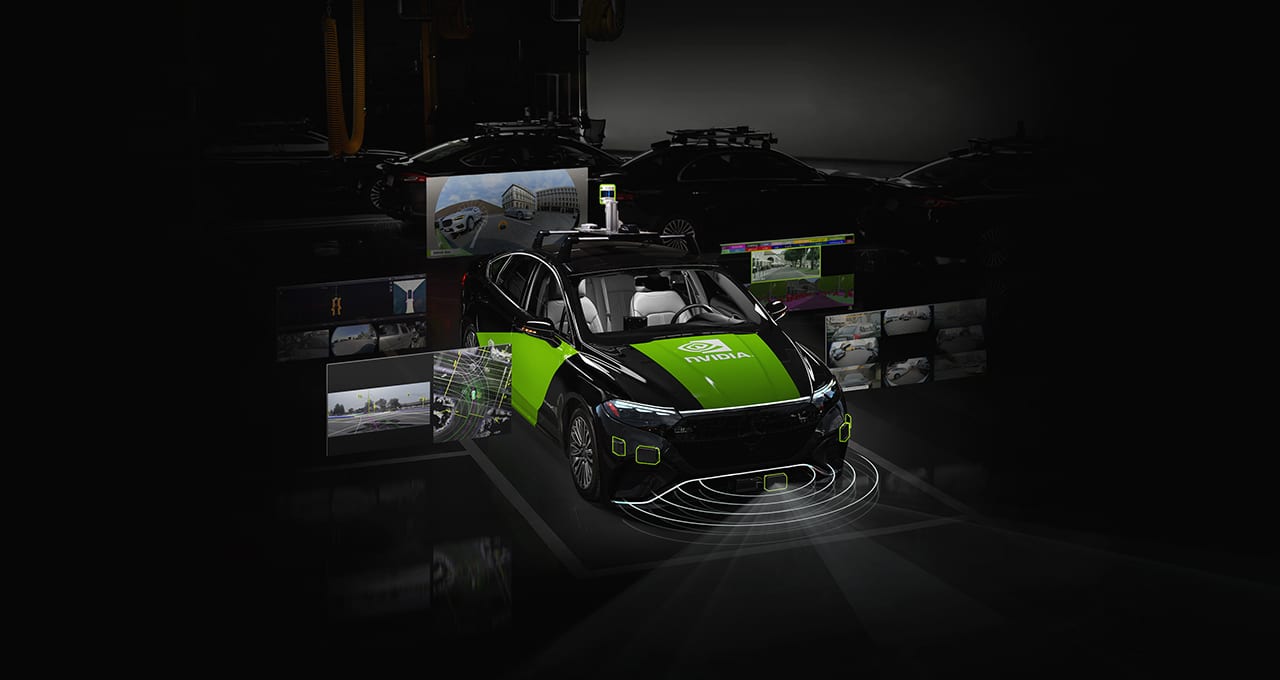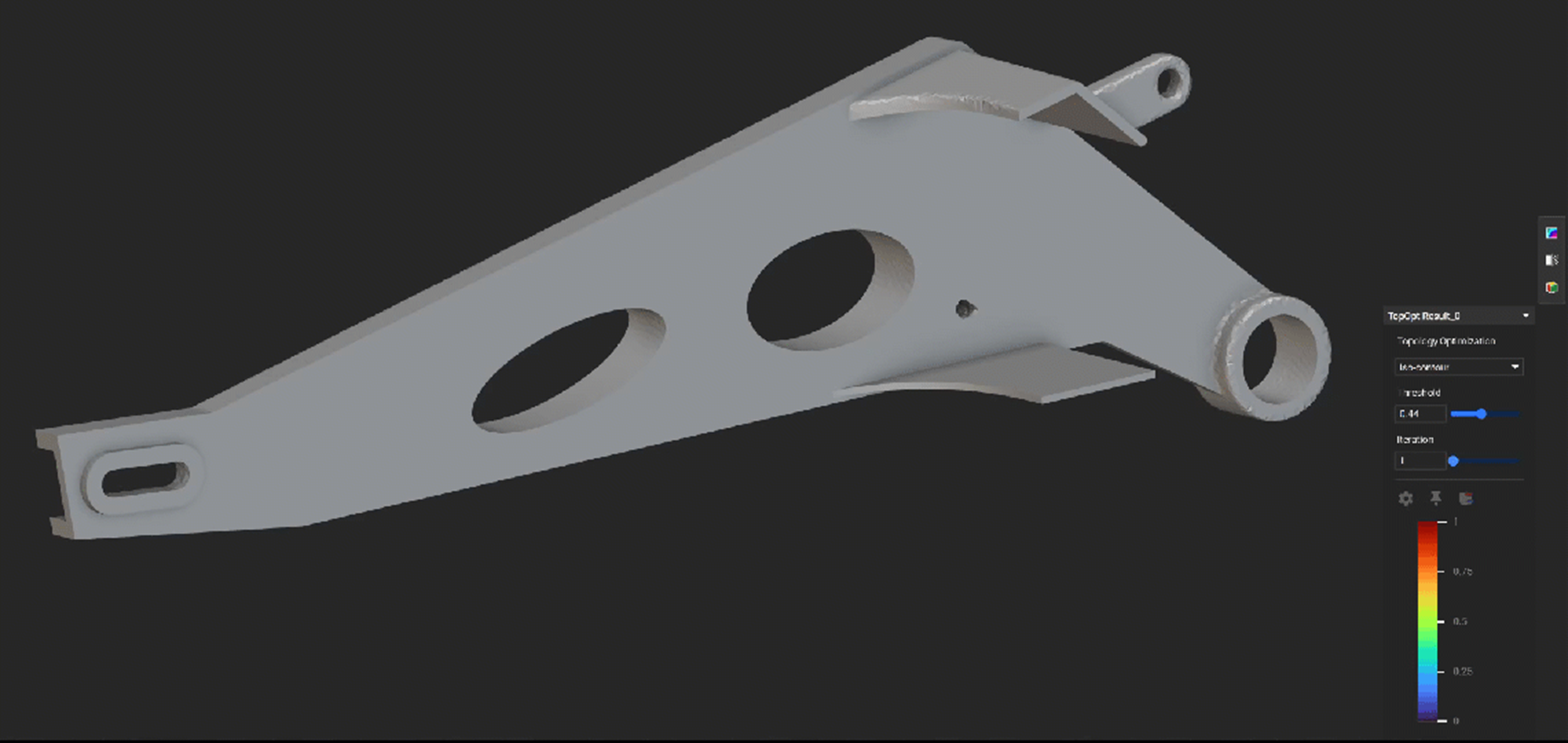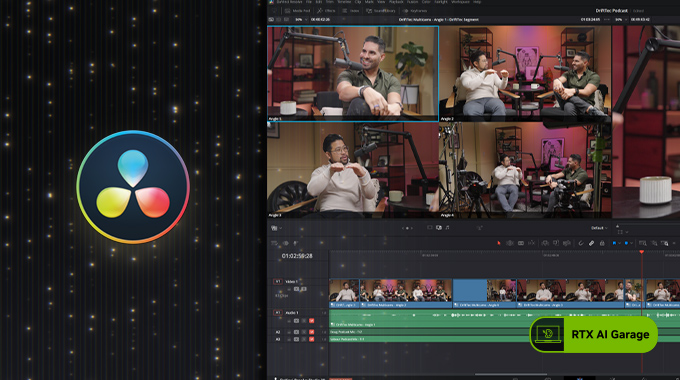
A new NVIDIA DRIVE AI Systems Inspection Lab will help automotive ecosystem partners navigate evolving industry standards for autonomous vehicle safety.
The lab, launched today, will focus on inspecting and verifying that automotive partner software and systems on the NVIDIA DRIVE AGX platform meet the automotive industry’s stringent safety and cybersecurity standards, including AI functional safety.
 The lab has been accredited by the ANSI National Accreditation Board (ANAB) according to the ISO/IEC 17020 assessment for standards, including:
The lab has been accredited by the ANSI National Accreditation Board (ANAB) according to the ISO/IEC 17020 assessment for standards, including:
- Functional safety (ISO 26262)
- SOTIF (ISO 21448)
- Cybersecurity (ISO 21434)
- UN-R regulations, including UN-R 79, UN-R 13-H, UN-R 152, UN-R 155, UN-R 157 and UN-R 171
- AI functional safety (ISO PAS 8800 and ISO/IEC TR 5469)
“The launch of this new lab will help partners in the global automotive ecosystem create safe, reliable autonomous driving technology,” said Ali Kani, vice president of automotive at NVIDIA. “With accreditation by ANAB, the lab will carry out an inspection plan that combines functional safety, cybersecurity and AI — bolstering adherence to the industry’s safety standards.”
“ANAB is proud to be the accreditation body for the NVIDIA DRIVE AI Systems Inspection Lab,” said R. Douglas Leonard Jr., executive director of ANAB. “NVIDIA’s comprehensive evaluation verifies the demonstration of competence and compliance with internationally recognized standards, helping ensure that DRIVE ecosystem partners meet the highest benchmarks for functional safety, cybersecurity and AI integration.”
The new lab builds on NVIDIA’s ongoing safety compliance work with Mercedes-Benz and JLR. Inaugural participants in the lab include Continental and Sony SSS-America.
“We are pleased to participate in the newly launched NVIDIA Drive AI Systems Inspection Lab and to further intensify the fruitful, ongoing collaboration between our two companies,” said Nobert Hammerschmidt, head of components business at Continental.
“Self-driving vehicles have the capability to significantly enhance safety on roads,” said Marius Evensen, head of automotive image sensors at Sony SSS-America. “We look forward to working with NVIDIA’s DRIVE AI Systems Inspection Lab to help us deliver the highest levels of safety to our customers.”
“Compliance with functional safety, SOTIF and cybersecurity is particularly challenging for complex systems such as AI-based autonomous vehicles,” said Riccardo Mariani, head of industry safety at NVIDIA. “Through the DRIVE AI Systems Inspection Lab, the correctness of the integration of our partners’ products with DRIVE safety and cybersecurity requirements can be inspected and verified.”
Now open to all NVIDIA DRIVE AGX platform partners, the lab is expected to expand to include additional automotive and robotics products and add a testing component.
Complementing International Automotive Safety Standards
The NVIDIA DRIVE AI Systems Inspection Lab complements the missions of independent third-party certification bodies, including technical service organizations such as TÜV SÜD, TÜV Rheinland and exida, as well as vehicle certification agencies such as VCA and KBA.
Today’s announcement dovetails with recent significant safety certifications and assessments of NVIDIA automotive products:
 TÜV SÜD granted the ISO 21434 Cybersecurity Process certification to NVIDIA for its automotive system-on-a-chip, platform and software engineering processes. Upon certification release, the NVIDIA DriveOS 6.0 operating system conforms with ISO 26262 Automotive Safety Integrity Level (ASIL) D standards.
TÜV SÜD granted the ISO 21434 Cybersecurity Process certification to NVIDIA for its automotive system-on-a-chip, platform and software engineering processes. Upon certification release, the NVIDIA DriveOS 6.0 operating system conforms with ISO 26262 Automotive Safety Integrity Level (ASIL) D standards.
“Meeting cybersecurity process requirements is of fundamental importance in the autonomous vehicle era,” said Martin Webhofer, CEO of TÜV SÜD Rail GmbH. “NVIDIA has successfully established processes, activities and procedures that fulfill the stringent requirements of ISO 21434. Additionally, NVIDIA DriveOS 6.0 conforms to ISO 26262 ASIL D standards, pending final certification activities.”
 TÜV Rheinland performed an independent United Nations Economic Commission for Europe safety assessment of NVIDIA DRIVE AV related to safety requirements for complex electronic systems.
TÜV Rheinland performed an independent United Nations Economic Commission for Europe safety assessment of NVIDIA DRIVE AV related to safety requirements for complex electronic systems.
“NVIDIA has demonstrated thorough, high-quality, safety-oriented processes and technologies in the context of the assessment of the generic, non-OEM-specific parts of the SAE level 2 NVIDIA DRIVE system,” said Dominik Strixner, global lead functional safety automotive mobility at TÜV Rheinland.
To learn more about NVIDIA’s work in advancing autonomous driving safety, read the NVIDIA Self-Driving Safety Report.
Blog Article: Here






